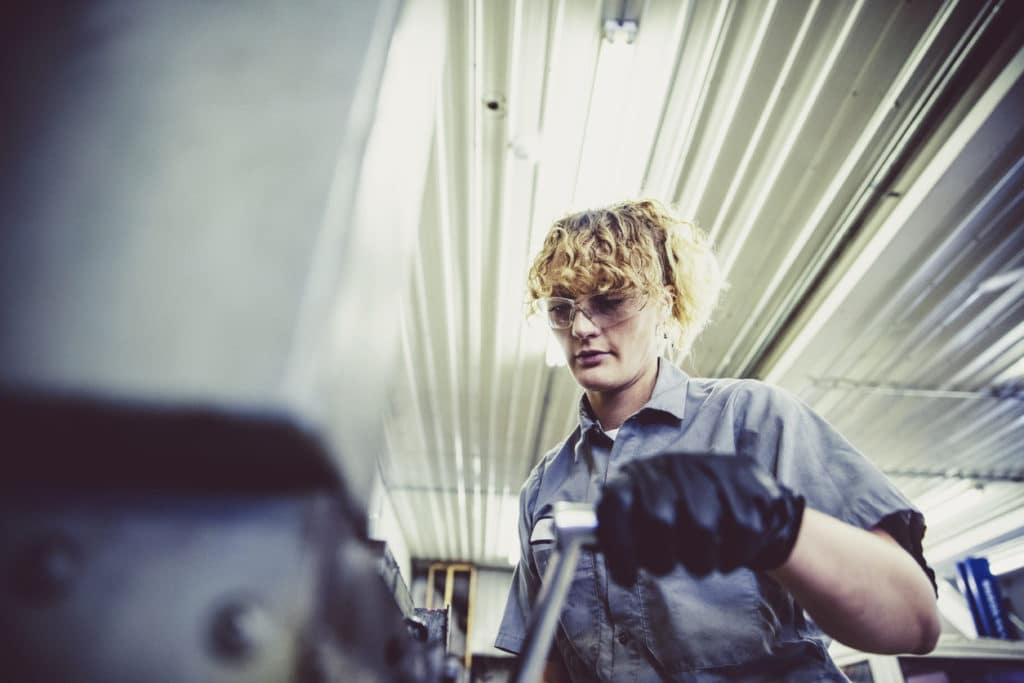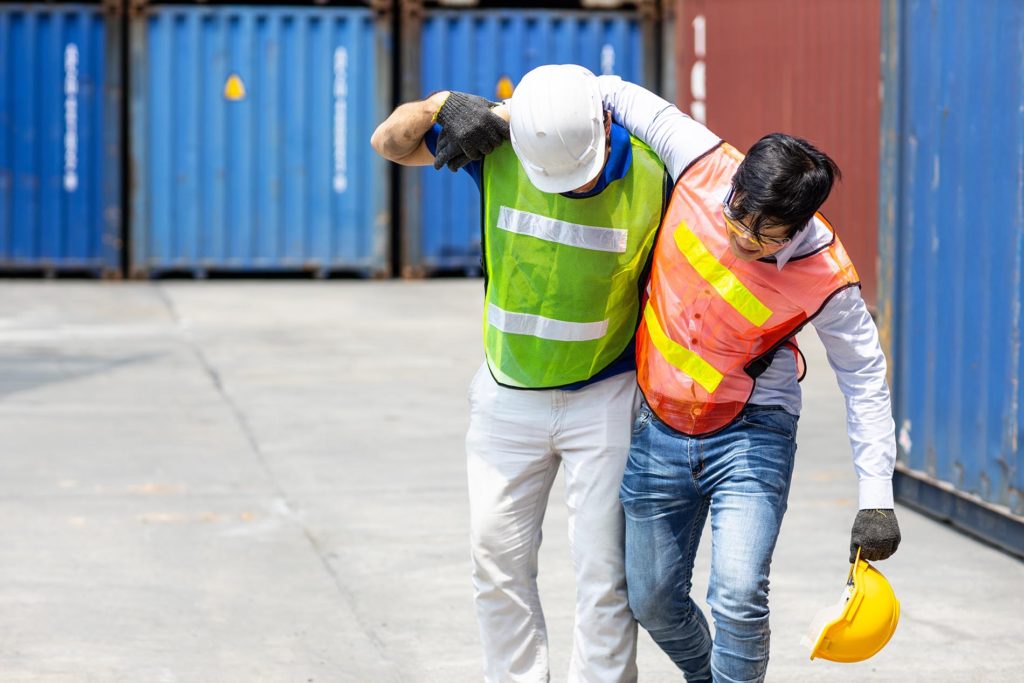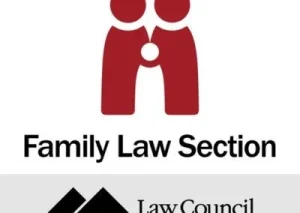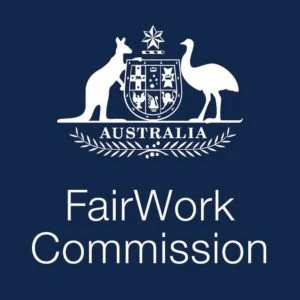The minimum wage has increased, but my pay hasn’t. What should I do now?

From the 1 July 2022 the National Minimum Wage increased by 5.2% and the award minimum wages increased by 4.6% (fairwork.gov.au), ultimately, this should result in about $40 extra per week in your pocket.
How are weekly workers compensation benefits calculated?

If you have suffered a work injury and you are entitled to weekly payments, you might wonder how these payments are calculated…
COVID19 and Workers Compensation Claims

Workers’ rights to keep in mind during lockdown

The expected rise in COVID-19 transmission means everyone should be aware of their rights and responsibilities when it comes to safety at work and workers compensation.
Hurting injured workers with impunity

Every South Australian worker is covered by workers compensation insurance which covers them if they are injured at work. Our workers compensation law allows up to 2 years of wages as well as 3 years of medical expenses, rehabilitation, and a one-off payment of lump sum compensation if the Whole Person Impairment (“WPI”) from the […]











